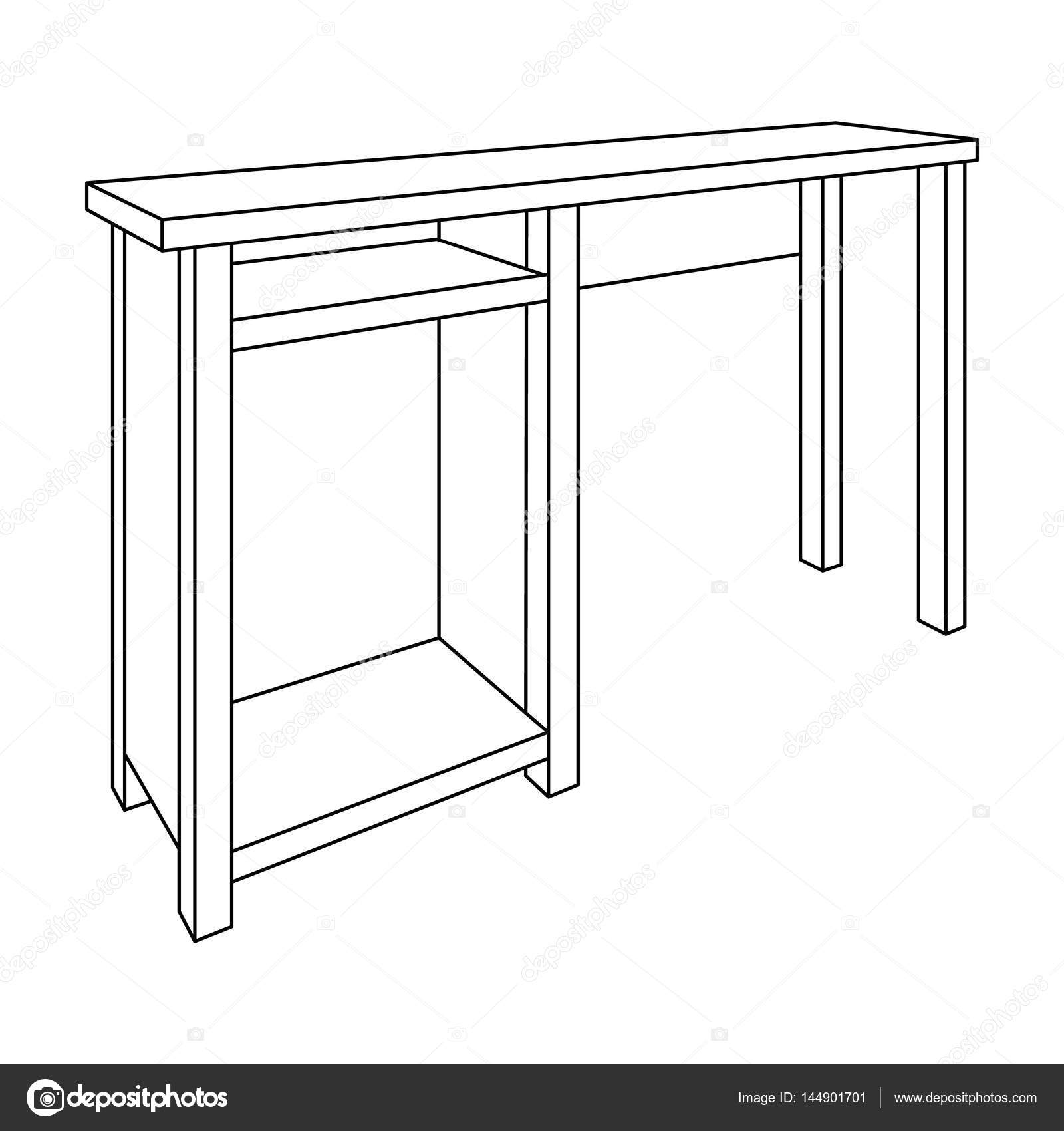Delve Into The Intriguing Odyssey Of Refurbishing Historical Cupboards, Unmasking Hidden Stories And Translating The Mysteries Of Previous Generations
Delve Into The Intriguing Odyssey Of Refurbishing Historical Cupboards, Unmasking Hidden Stories And Translating The Mysteries Of Previous Generations
Blog Article
Article By-Drejer Stefansen
To begin the journey of recovering antique closets, you need a keen eye for detail. Envision discovering concealed keys within each layer of background embedded in the wood. Picture the contentment of restoring a once-forgotten piece to its former magnificence. Every action of this thorough process holds the essential to maintaining the past while developing a future heirloom. So, are you ready to embark on this transformative endeavor and unlock the possibility of your antique cupboards?
Examining the Cupboard's Condition
When starting the reconstruction procedure, begin by assessing the condition of the antique cabinet. Very carefully take a look at the general framework for any indications of damages such as fractures, chips, or loose joints. Inspect the timber for any rot, warping, or insect problem that might have occurred over time. It's critical to determine the level of the reconstruction required before continuing even more.
Next off, inspect the cabinet's equipment such as joints, knobs, and locks. Make note of any missing out on pieces or parts that require repair work or substitute. Guarantee that all hardware is functioning appropriately and securely attached to the cabinet.
Additionally, assess the cupboard's surface. Search for any kind of scrapes, discolorations, or discoloration that might influence the aesthetic allure. Figure out if the coating needs to be removed and reapplied or if a straightforward touch-up will certainly be sufficient.
Collecting the Necessary Tools and Materials
After evaluating the condition of the antique cupboard, the next step is to gather the required tools and products for the remediation procedure. Before https://judahcnxgq.develop-blog.com/33898414/our-personalized-closet-job-showcase-transforming-concepts-right-into-reality begin, guarantee you have the complying with products handy:
- wood cleaner
- sandpaper in numerous grits
- wood filler
- paint or wood discolor
- brushes
- gloves
- safety goggles
- a dust mask
- a ground cloth
- a putty knife
- a hammer
- a screwdriver
- a vacuum
These tools and materials are vital for an effective repair.
Timber cleaner is important for removing years of dirt and crud buildup, preparing the surface area for sanding. Sandpaper of various grits helps in smoothing out blemishes and preparing the timber for a new finish. Timber filler comes in handy for fixing any cracks, openings, or damages existing in the closet.
Paint or timber tarnish, in addition to brushes, allow you to tailor the cabinet to your preference. Keep in mind to use handwear covers, security goggles, and a dust mask for security. Set a drop cloth to protect your workspace, and use a vacuum cleaner to clean up any kind of debris.
With these tools and products collected, you're ready to start the restoration process.
Performing the Restoration Refine
To efficiently carry out the repair procedure on your antique closet, start by completely cleaning the surface with the timber cleaner. This step is important as it helps remove years of dust, gunk, and old gloss that might have accumulated externally.
Once the cabinet is clean and completely dry, evaluate the problem of the wood. Search for any splits, scrapes, or other damages that require to be attended to. Usage timber filler to repair any type of imperfections, seeing to it to match the filler color to the timber tone for a smooth surface.
After the repair services have dried out, carefully sand the entire surface to create a smooth and even base for the new finish. Be careful not to sand too boldy, as you don't want to harm the timber below.
As soon as the sanding is complete, use a timber stain or finish of your option, adhering to the manufacturer's guidelines. Allow the coating to dry completely prior to applying a safety leading layer to ensure the durability of your restored antique cupboard.
Verdict
Since you have completed the remediation procedure, your antique cabinet looks as good as new.
By following the detailed overview, you had the ability to examine, repair, and enhance its condition easily.
With cheap bathroom renovations and safety top layer, your treasured item will certainly continue to radiate for years ahead.
Appreciate the elegance of your recovered antique cupboard!
